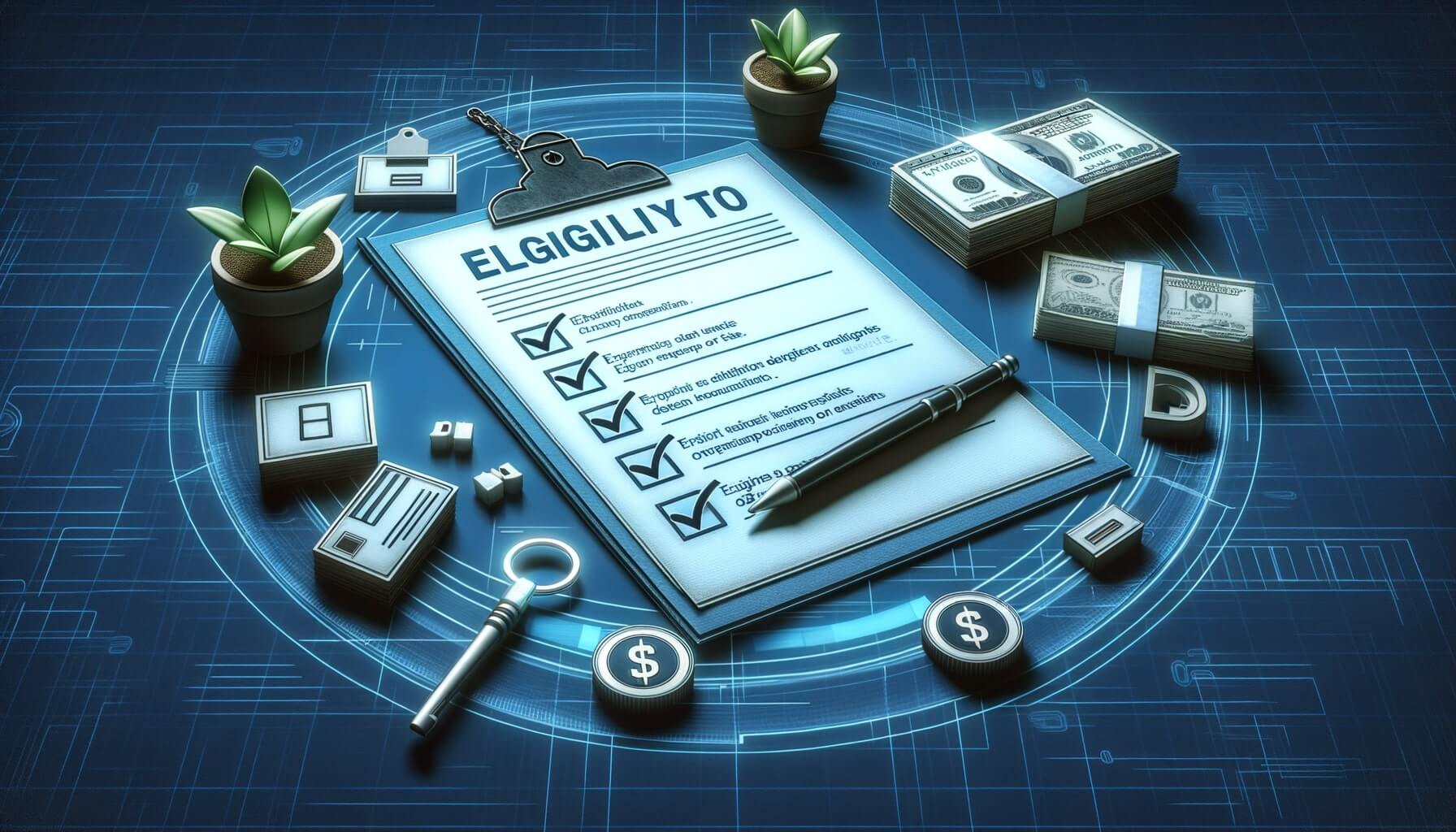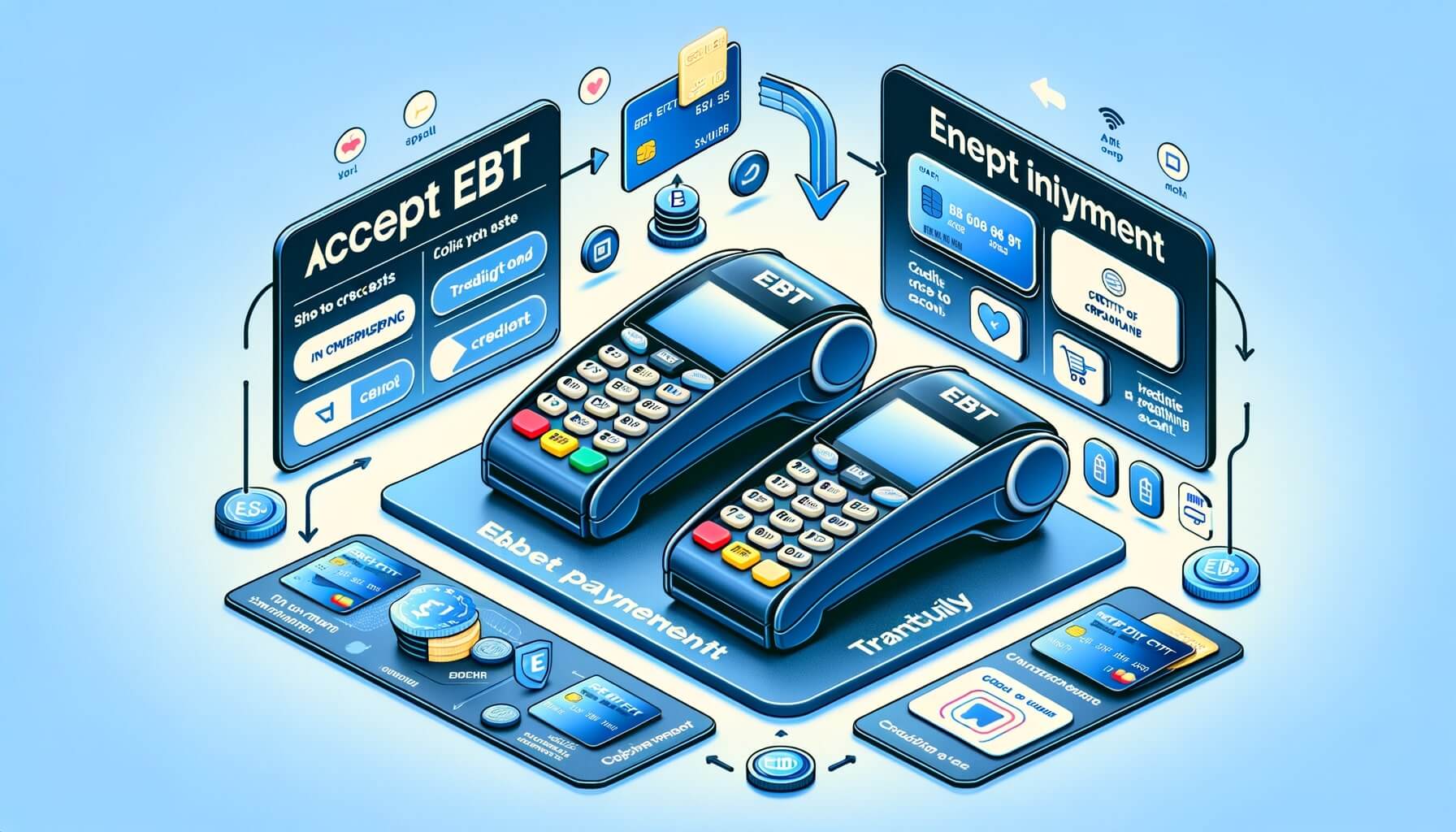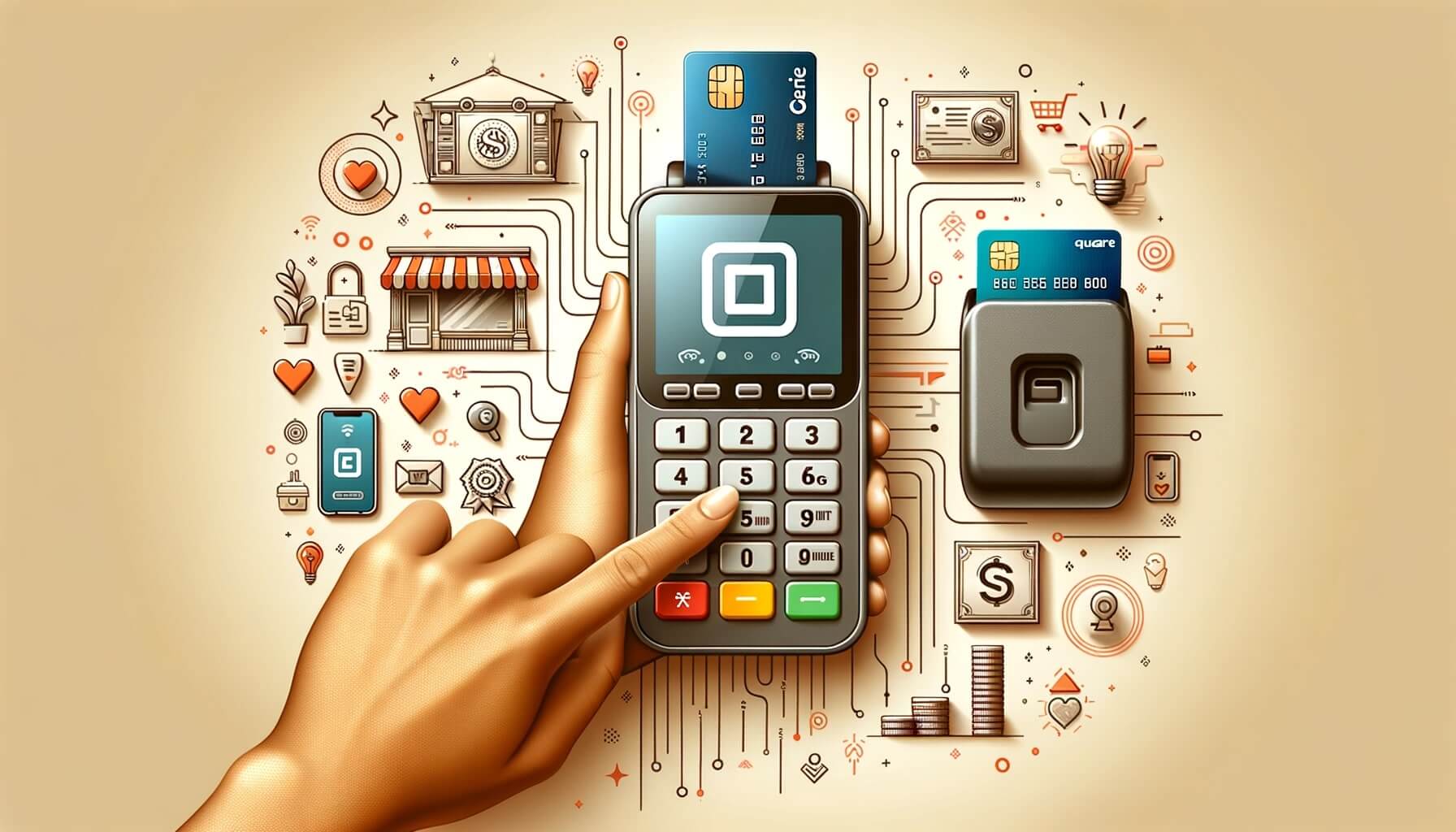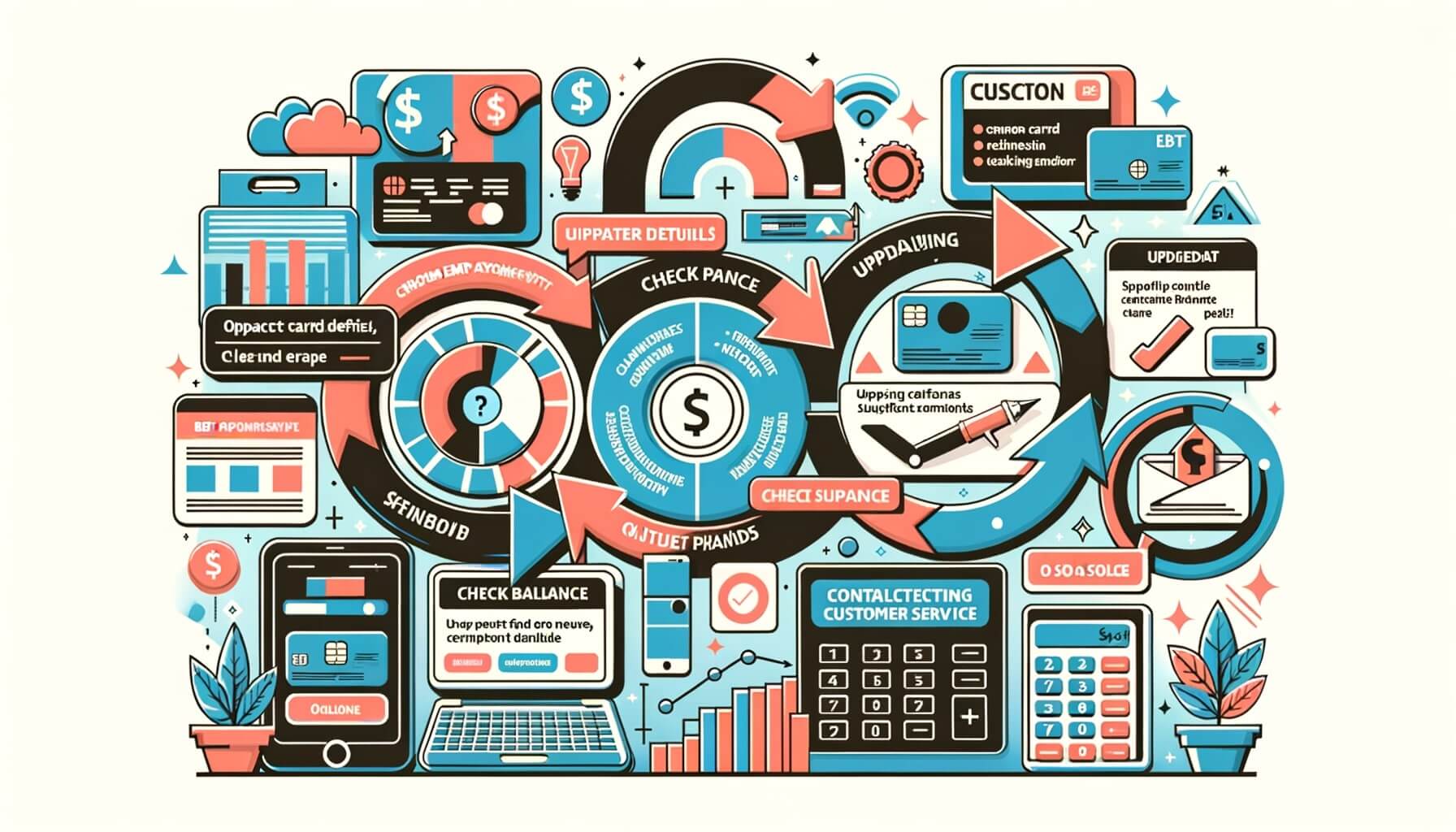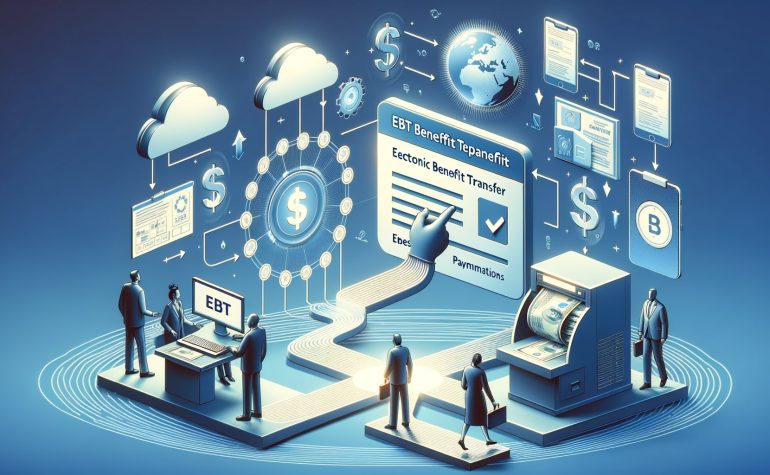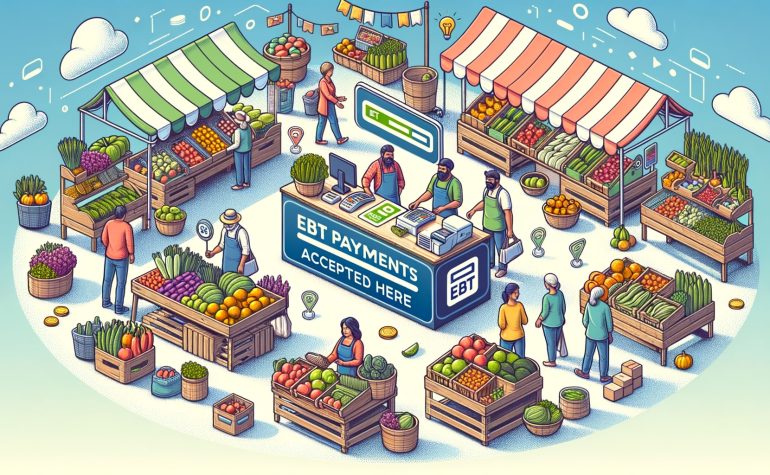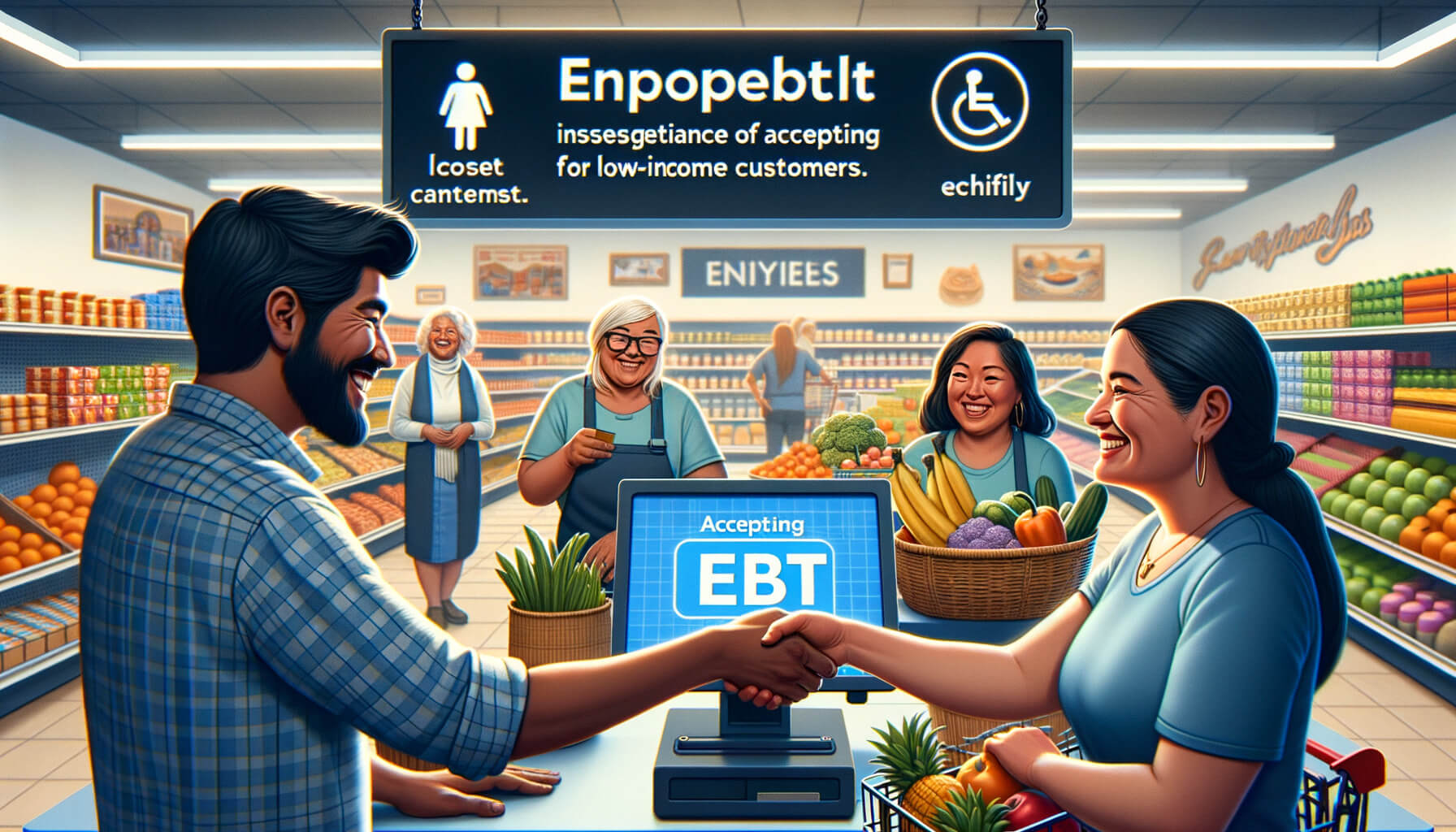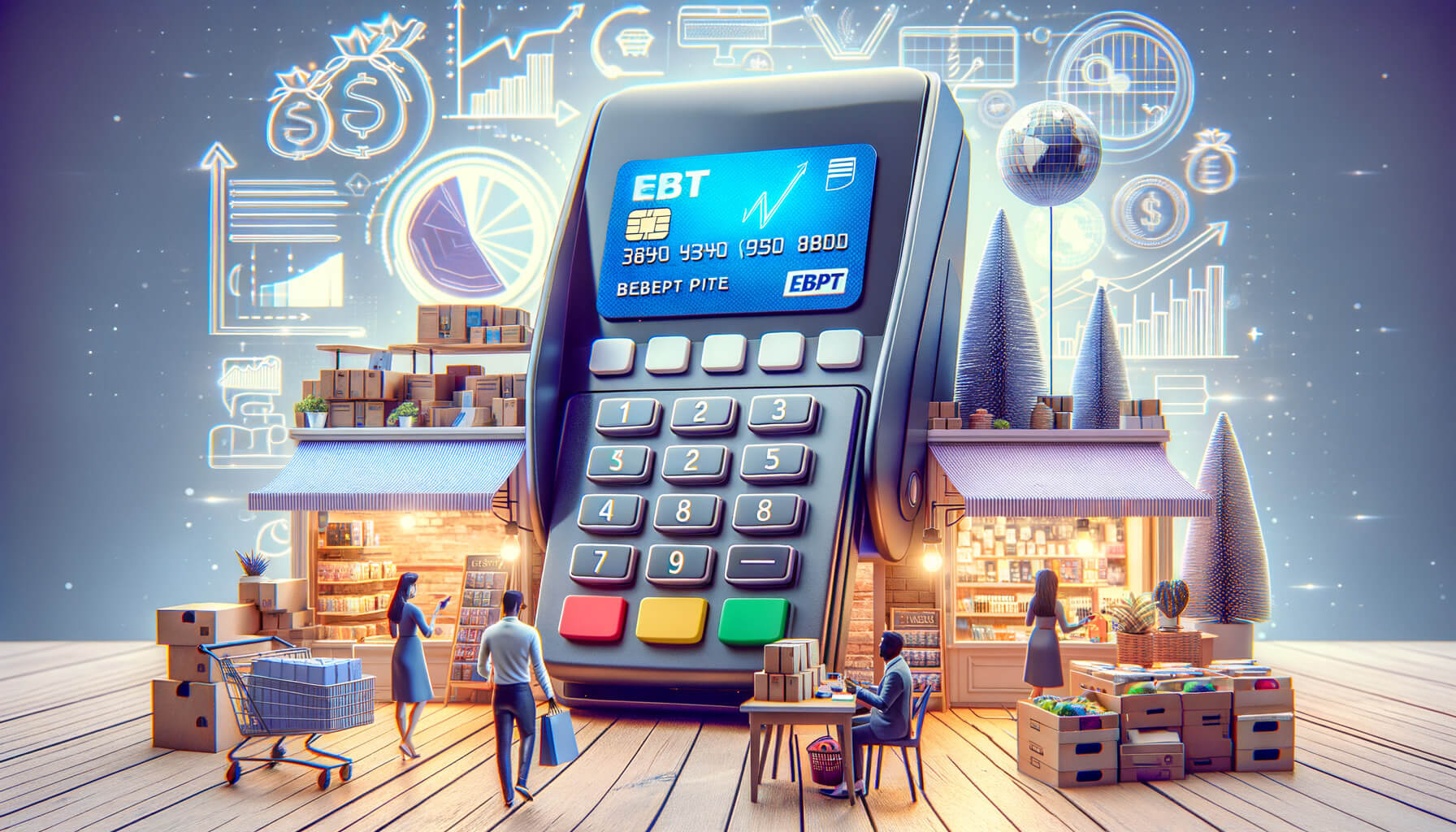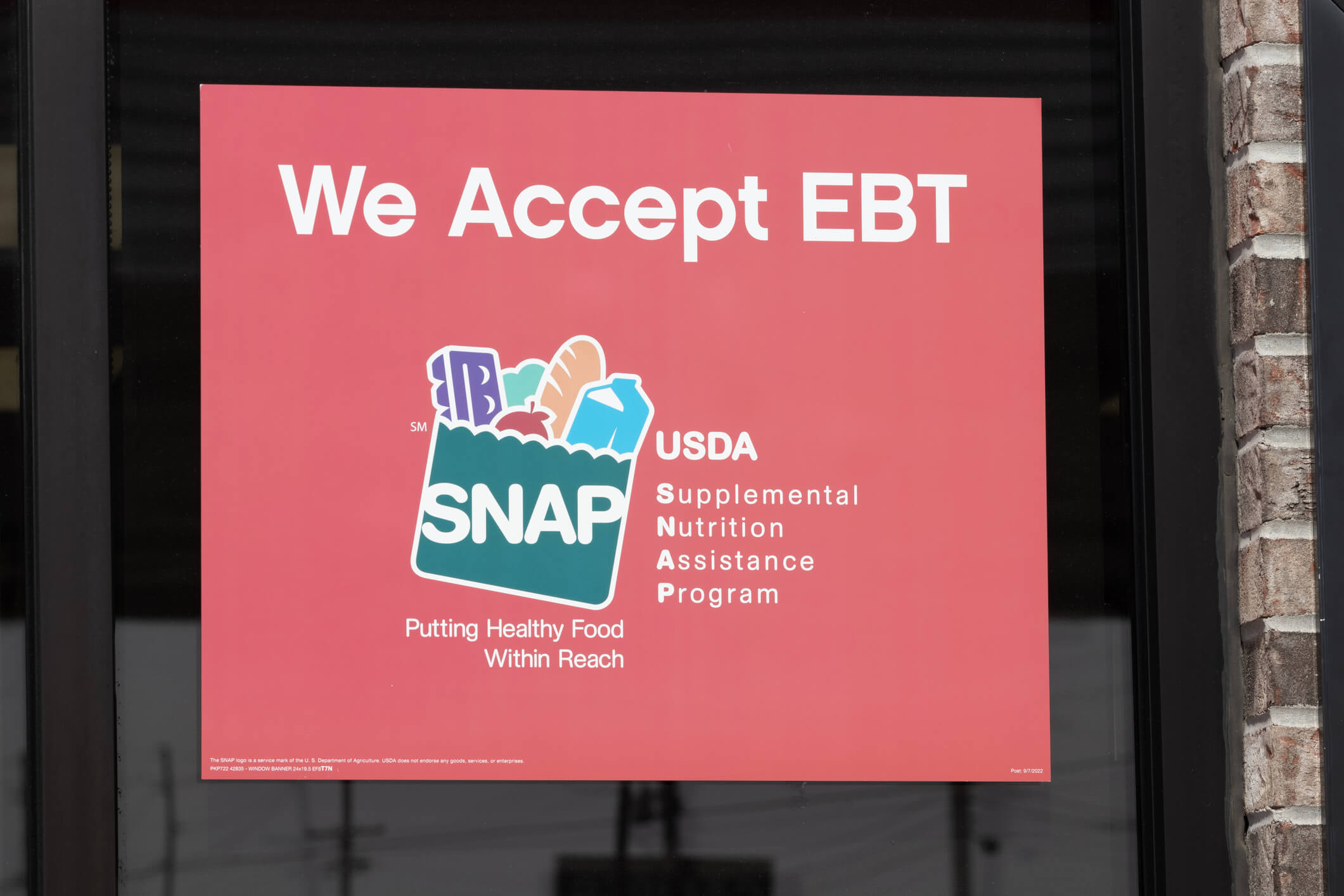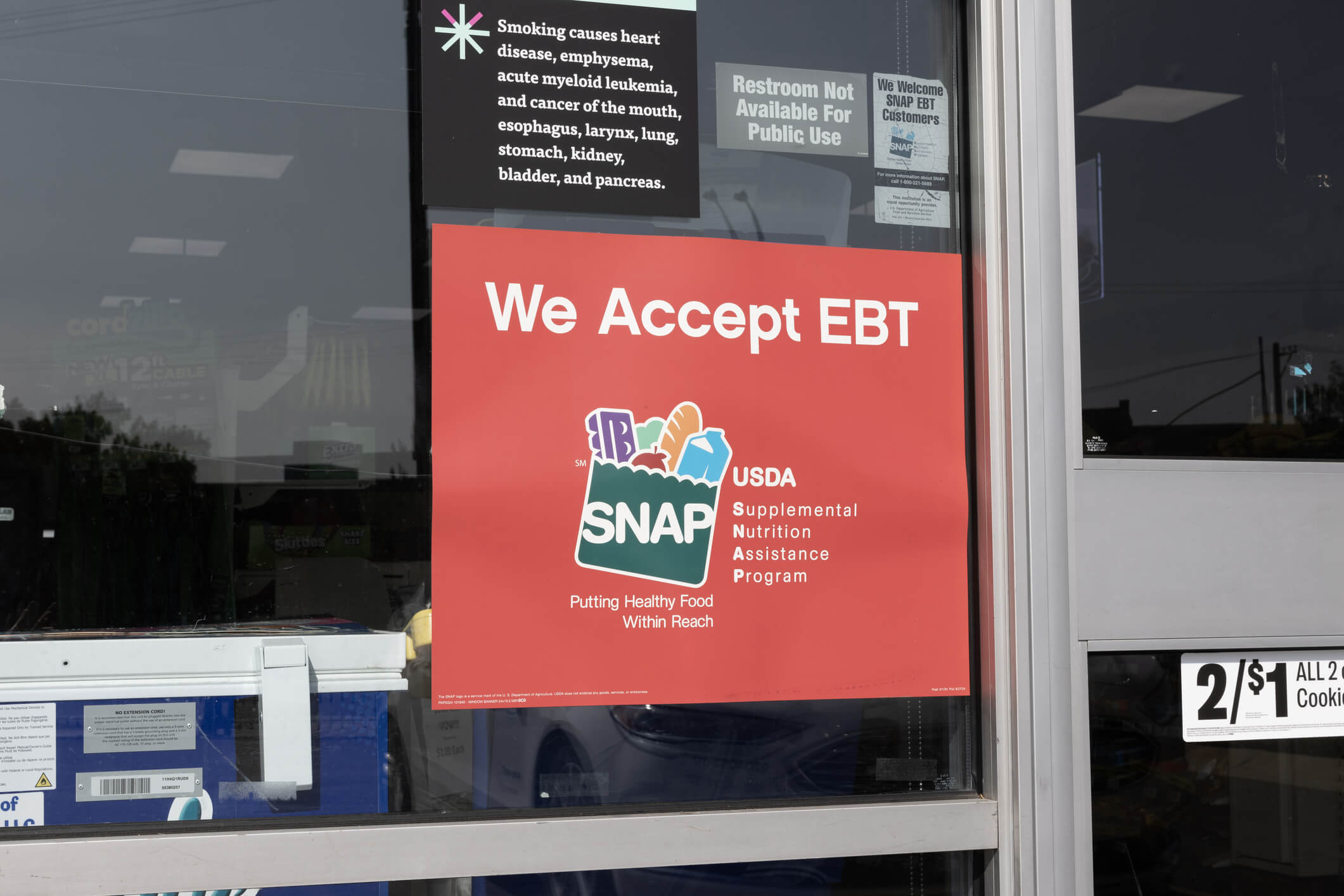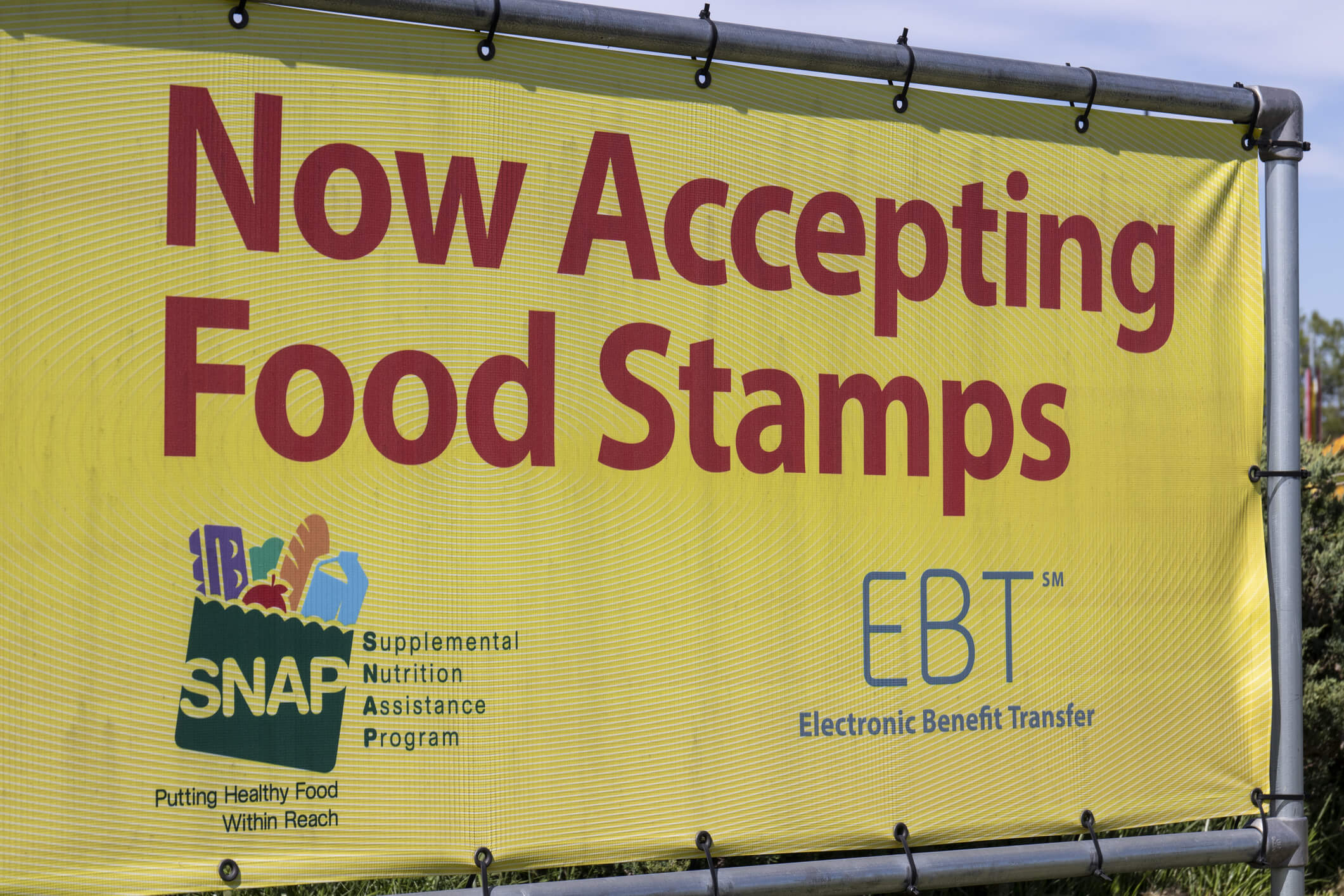EBT (Electronic Benefit Transfer) is a convenient way for SNAP recipients to access nutritious food using a debit-style card. While EBT is not accepted at campgrounds, it can be used at many local farmers markets, farm stands, mobile markets, and even for Community Supported Agriculture (CSA) programs. These outlets often...
Are You Eligible to Accept EBT Payments? Key Requirements Explained
Electronic Benefit Transfer (EBT) is a system that allows recipients of government assistance programs to access their benefits through a debit card. This method of payment has replaced the traditional paper-based food stamp system, providing a more convenient and efficient way for individuals and families to purchase groceries and other...
Requirements to Accept EBT Payments in Your Store
Electronic Benefit Transfer (EBT) is a system that allows recipients of government assistance programs, such as the Supplemental Nutrition Assistance Program (SNAP), to access their benefits through a debit card. EBT payments have become an essential part of the retail landscape, as they provide a convenient and secure way for...
How to Accept EBT Payments with Square
In today's digital age, accepting electronic payments has become a necessity for businesses of all sizes. One such payment method that has gained popularity is the Electronic Benefit Transfer (EBT) system. EBT allows recipients of government assistance programs, such as the Supplemental Nutrition Assistance Program (SNAP), to make purchases using...
How to Troubleshoot Common EBT Payment Issues
The Electronic Benefit Transfer (EBT) system is a government program that allows eligible individuals and families to receive benefits such as food stamps, cash assistance, and other forms of aid. EBT payments are made through a debit card, which can be used at authorized retailers to purchase eligible items. While...
What You Need to Know About EBT Payment Systems
In today's digital age, electronic payment systems have become increasingly popular and convenient. One such system that has gained significant traction is the Electronic Benefit Transfer (EBT) payment system. EBT is a government program that allows eligible individuals and families to receive and use benefits such as food stamps, cash...
How to Set Up EBT Payment Processing in a Farmer’s Market
Setting up EBT (Electronic Benefits Transfer) payment processing in a farmer’s market is a powerful initiative that benefits both the community and the local economy. By enabling customers who rely on the Supplemental Nutrition Assistance Program (SNAP) to use their benefits, farmer’s markets can promote healthier eating habits, increase access...
The Importance of EBT in Disaster Relief and Recovery Efforts
Disasters—whether natural, such as hurricanes, floods, and wildfires, or man-made, such as economic crises or wars—have devastating impacts on communities. The disruption of food supply chains, financial instability, and the displacement of vulnerable populations create an urgent need for efficient relief systems. One essential tool in disaster relief and recovery...
How to Choose the Right EBT Merchant Service Provider
Electronic Benefit Transfer (EBT) is a system that allows recipients of government assistance programs, such as the Supplemental Nutrition Assistance Program (SNAP), to access their benefits through a debit card. As a business owner, it is crucial to choose the right EBT merchant service provider to ensure seamless payment processing...
How to Apply for EBT Merchant Services for Your Store
Electronic Benefit Transfer (EBT) is a system that allows eligible individuals to receive government assistance benefits, such as Supplemental Nutrition Assistance Program (SNAP) benefits, through a card-based payment method. As a store owner, accepting EBT payments can help you attract a wider customer base and increase sales. In this comprehensive...
How EBT Payment Processing Can Increase Customer Loyalty
EBT (Electronic Benefits Transfer) payment processing can play a significant role in building customer loyalty for businesses that serve a diverse customer base, including low-income families. This guide explores how implementing EBT payment processing can enhance customer loyalty by improving accessibility, convenience, trust, and community engagement. Benefits of Accepting EBT...
The Pros and Cons of Accepting EBT Payments in Your Business
In today's digital age, businesses are constantly looking for ways to expand their customer base and increase revenue. One method that has gained popularity in recent years is accepting Electronic Benefit Transfer (EBT) payments. EBT is a government program that provides eligible individuals with funds to purchase food and other...
How to Manage EBT Transactions With Your POS System
Electronic Benefit Transfer (EBT) is a system that allows recipients of government assistance programs, such as the Supplemental Nutrition Assistance Program (SNAP), to access their benefits through a debit card. EBT transactions are an essential part of many businesses, particularly those in the retail and grocery industries. Understanding how to...
How to Train Staff for EBT Payment Processing
Electronic Benefit Transfer (EBT) payment processing is a crucial aspect of providing assistance to individuals and families in need. EBT allows recipients to access their benefits through a card system, similar to a debit card, making it convenient and efficient. However, to ensure smooth and accurate EBT payment processing, it...
Why Accepting EBT Is Important for Low-Income Customers
In today's society, it is crucial to ensure that low-income customers have access to essential goods and services. One way to achieve this is by accepting Electronic Benefit Transfer (EBT) as a form of payment. EBT is a government program that provides eligible individuals with funds to purchase food and...
How EBT Payment Processing Reduces Transaction Costs
In today's digital age, electronic payment systems have become an integral part of our daily lives. One such system that has gained significant popularity is Electronic Benefit Transfer (EBT) payment processing. EBT payment processing is a method used to distribute government assistance benefits, such as food stamps and cash assistance,...
How to Get Approved for EBT Payment Processing
Electronic Benefit Transfer (EBT) payment processing is a system that allows eligible individuals to access government benefits through a debit card. This system is widely used for programs such as the Supplemental Nutrition Assistance Program (SNAP) and the Women, Infants, and Children (WIC) program. EBT payment processing provides a convenient...
The Benefits of Accepting EBT Payments in Your Store
Electronic Benefit Transfer (EBT) is a system that allows recipients of government assistance programs, such as the Supplemental Nutrition Assistance Program (SNAP), to make purchases using a debit card. EBT payments have become increasingly popular in recent years, with millions of Americans relying on these benefits to purchase essential items....
Best Practices for EBT Payment Processing
Electronic Benefit Transfer (EBT) payment processing is a vital system that allows government agencies to distribute benefits to eligible individuals and families. It provides a convenient and secure way for recipients to access their benefits, such as food stamps or cash assistance. However, to ensure the efficiency and security of...
How to Set Up EBT Payment Processing for Your Business
In today's digital age, accepting electronic payments has become a necessity for businesses of all sizes. One such payment method that businesses should consider is Electronic Benefit Transfer (EBT). EBT payment processing allows businesses to accept payments from customers who receive government assistance through programs such as the Supplemental Nutrition...
5 Surprising Items You Can Purchase with SNAP, EBT, and Food Stamps
The Supplemental Nutrition Assistance Program (SNAP), Electronic Benefit Transfer (EBT), and Food Stamps are government assistance programs designed to help low-income individuals and families access nutritious food. These programs provide eligible participants with funds to purchase food items at authorized retailers. While many people are aware that SNAP, EBT, and...
How to Accept EBT (SNAP) Payment
Electronic Benefit Transfer (EBT) is a system that allows recipients of government assistance programs, such as the Supplemental Nutrition Assistance Program (SNAP), to make purchases using a debit card. EBT (SNAP) payments provide a convenient and secure way for individuals and families to access their benefits and purchase eligible food...

